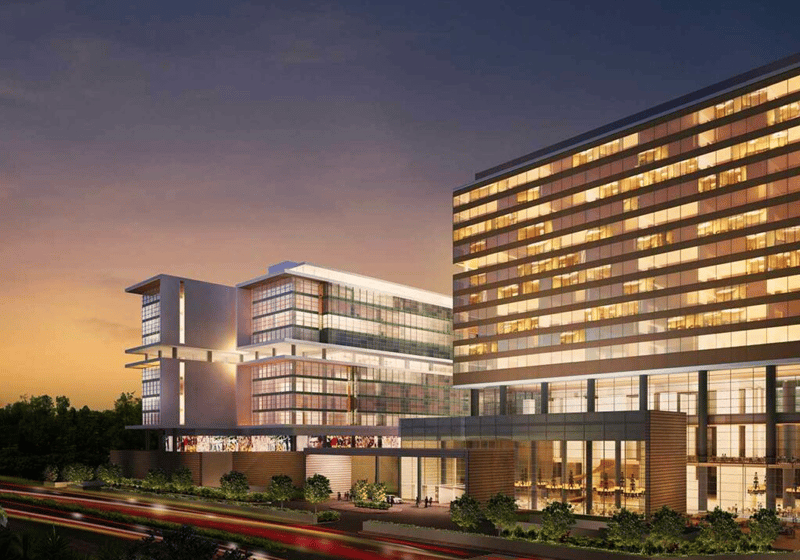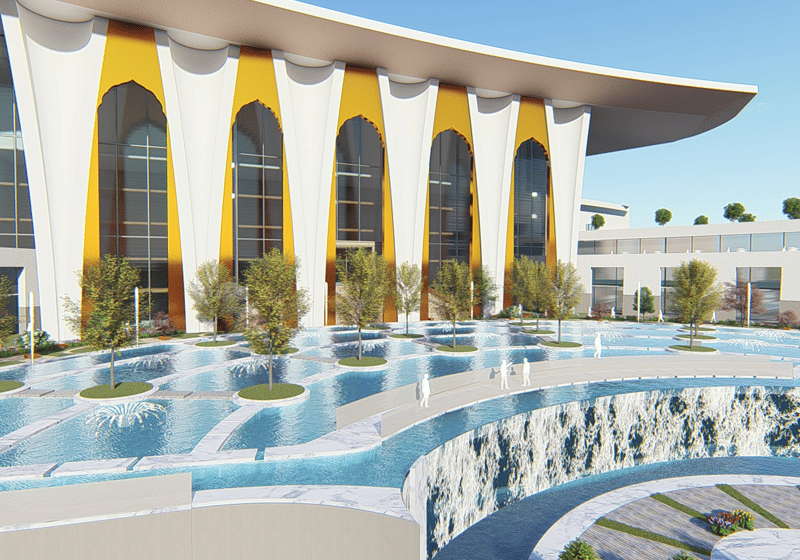Many ancient sites lack ways for the disabled to visit their facilities.
In simplest terms, an elevator is a metal platform or metal compartment housed in a shaft for transporting people or materials to different levels of a building. Places of worship are built for spiritual purposes and promote community togetherness. Many of these structures were built centuries ago, however, and, for various reasons, were placed on higher plinth. Hence, it has been a challenge over the years for people with disabilities or restricted movement to reach these places of worship or participate in community gatherings.
Specifically, vertical platforms and LU/LA elevators or wheelchair elevators are mobility products that mean multiple floors are no longer an obstacle for people with accessibility problems.
The study of such structures and surrounding infrastructure presents opportunities to address these accessibility barriers. Because of progressive initiatives of various interest groups, the respective state and central governments have initiated the provision of mobility devices like chair lifts, special elevators and ramps in places of religious interest. Even “travellators,” used predominantly in airports, can be explored to cover longer distances. Still, when it comes to accessibility at places of worship, there is no doubt that India has a long way to go.
The Rights of Persons with Disability Act 2016 and the United Nations Convention on Rights of Persons with Disabilities have highlighted this aptly. Tourism circuits will greatly benefit if such challenges are overcome with interventions from both the public and private sectors. This opens potential opportunities for the elevator industry.
Navigation to such congregational spaces looks to be reviewed with code requirements. Planners and designers, along with elevator industry experts, will require review of feasible options and settle on solutions regarding how to house limited use/limited application (LU/LA) elevators, inclined stairway lifts or similar solutions, all while helping manage such structures. Specifically, vertical platforms and LU/LA elevators or wheelchair elevators are mobility products that mean multiple floors are no longer an obstacle for people with accessibility problems. Such products stand out with simple operation, reliable function and the option of customized design. Elevators offer independent access to people with disabilities.
The chief drawback, in addition to the initial high cost, is relatively high maintenance. LU/LA elevators are limited in size, capacity, speed and rise. Because of such inherent limitations, hydraulic elevators (without pits) may remain the best option. LU/LA elevators offer an economical alternative and, being smaller in size, can be installed where traditional elevators or hydraulic lifts may not fit.
Other mobility options, including chair lifts (stair lifts) and inclined platform lifts that can travel diagonally, can be explored, as well, though chair lifts can carry only one seated individual at a time. As such, chair lifts can be temporary solutions. They are not suitable to transfer a wheelchair from one level to another. This arrangement compromises independent access, and their slow speed limits heavy usage.
Vertical and Inclined Lifting Platforms
In old religious buildings with heritage value, where design limitations make it impractical to provide an accessible lift or a ramp in an existing building, vertical or inclined lifting platforms should be provided as a reasonable alternative for vertical circulation within the building. There are special passenger-elevating devices for persons with disabilities. These may have either vertical or inclined movement and must be able to be used safely, independently and with an accompanying person. All control devices must be accessible and usable for those with powered wheelchairs or walking aids. If driving, guiding or lifting mechanisms present hazards at the sides of a platform, and the mechanisms must include guard attachments to protect the users. This guarding should be smooth, hard and continuous.
Selecting a location that is both convenient and respectfully built remains a challenge for planners. Elevators or any mobility solution that can avoid a pit or be placed within available stairwells or concealed shafts will help planners with controlling guidelines to regulate users. Improvement in tourism infrastructure will pave the way for increased foreign tourist arrivals to pilgrim tourism circuits. Apart from places of worship, the associated infrastructure of budget hotels, places of leisure and recreation assisted by essential and inclusive mobility options will promote equality and facilitate primary need.
The elevator industry should also invest in technology and develop products that are approved by the ADA and certified per Indian Standards, with operational safety approvals considered for public usage.
Promising AIC and Other ASI Initiatives
The Accessible India Campaign (AIC) looks promising with its vision of making places in India disabled-friendly. The focus of this campaign is on revamping and developing government buildings, airports and railway stations, along with tourist sites, for the convenience of disabled and special-needs visitors.
The Archaeological Survey of India (ASI) has decided to make some of the major tourist attractions disabled-friendly. Some of the monuments selected for upgrades are the Hemis Monastery in Leh, the Qutub Minar Complex, Ranthambore Fort in Rajasthan, Jageshwar Temple in Uttarakhand, Rani ki Vav in Gujarat, Bekal Fort in Kerala, Golconda Fort in Telangana, Fort Gingee in Tamil Nadu, Ajanta & Ellora Caves in Maharashtra, and Residency in Lucknow, Belur, Halebidu, Chitradurga Fort and Shravanabelagola in Karnataka.
Under the AIC, the government aims to make many places disabled-friendly, which certainly looks like a good sign. On the flipside, however, while providing such facilities, the ASI cannot alter the structure in any way or make permanent additions as per regulations.
Get more of Elevator World. Sign up for our free e-newsletter.







